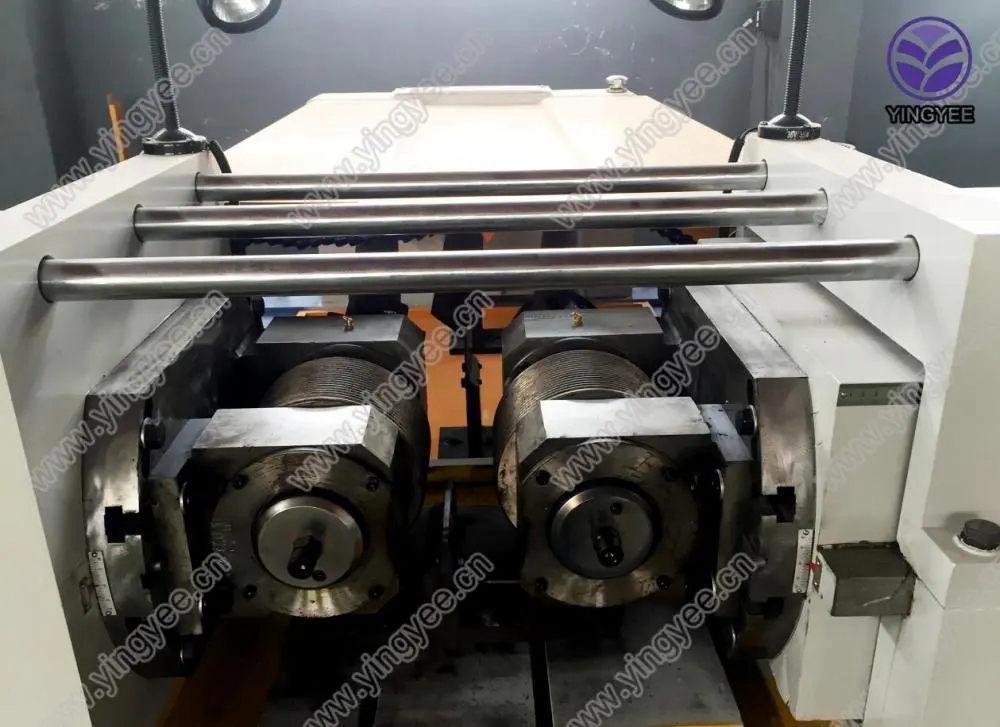
Understanding Sandwich Panel Machine Prices A Comprehensive Overview
The construction and manufacturing industries are continuously evolving, and one of the most innovative products to emerge has been the sandwich panel. These panels, used in building facades, roofs, and walls, are favored for their lightweight yet durable nature, exceptional insulation properties, and ease of installation. However, the machine used to produce these sandwich panels — the sandwich panel machine — plays a crucial role in determining production efficiency and overall costs. This article delves into the factors influencing sandwich panel machine prices and offers insights for potential buyers.
1. Types of Sandwich Panel Machines
Sandwich panel machines come in various configurations, each designed to produce specific types of panels. Here are the main types
- EPS Sandwich Panel Machines These machines produce panels with expanded polystyrene (EPS) core. They are relatively cost-effective and suitable for various applications. - PU Sandwich Panel Machines Polyurethane (PU) machines create panels with superior thermal insulation properties. They are generally more expensive due to the complexity of the production process.
- Rockwool Sandwich Panel Machines These machines produce panels with a rockwool core, offering excellent fire resistance. The equipment is typically more robust and costly.
- Composite Sandwich Panel Machines Designed for producing panels with multiple layers, these machines can come at a premium price due to their versatility and advanced technology.
2. Factors Influencing Pricing
Several factors affect the pricing of sandwich panel machines
- Technology Level Advanced machines equipped with automation, computer numerical control (CNC), and real-time monitoring tend to be more expensive. These technologies enhance efficiency, reduce labor costs, and increase production rates.
- Production Capacity The output capacity of a machine significantly impacts its price. Machines with larger production capacities can handle higher volumes, which is critical for larger manufacturing operations.
- Material Specifications The quality of materials used in manufacturing the machine itself plays a role in pricing. High-grade steel and components will increase the initial cost but generally lead to a more durable and reliable machine.
- Customization Options Many manufacturers offer customization options for their machines. Tailored features to suit specific production needs can add to the cost.

- Brand Reputation Established manufacturers with a track record of reliability and customer service may charge a premium. However, investing in reputable brands often results in better after-sales support and maintenance services.
As of 2023, the market for sandwich panel machines has seen fluctuations due to global economic trends, supply chain issues, and advancements in technology. Prices can range significantly
- Entry-level machines can cost anywhere from $20,000 to $50,000. These are suitable for small to medium enterprises exploring the sandwich panel production market.
- Mid-range machines designed for higher outputs and efficiency usually fall within the $50,000 to $150,000 range. These machines offer more automation and faster production speeds.
- High-end, fully automated machines can exceed $150,000, especially those equipped with advanced features for large-scale manufacturing operations.
4. Investment Considerations
When considering the purchase of a sandwich panel machine, evaluating the total cost of ownership is crucial. This encompasses initial costs, operational expenses, maintenance fees, and expected lifespan. Potential buyers should consider factors such as
- Payback Period How quickly can the investment be recouped? A machine that increases production efficiency can lead to significant cost savings over time.
- Operational Costs Assessing energy consumption, labor costs, and maintenance requirements ensures a comprehensive understanding of the investment.
- Market Demand Understanding the demand for sandwich panels in your region can guide the decision on the capacity and type of machine to purchase.
Conclusion
In summary, sandwich panel machine prices vary significantly based on several factors, including technology, production capacity, and the materials used. While initial costs can be high, the potential return on investment, coupled with the growing demand for sandwich panels in construction, makes it a compelling opportunity for manufacturers. Conducting thorough market research and evaluating specific business needs will help buyers make informed decisions, ensuring they invest in the right machine to enhance their production capabilities.